iOS 4.2 supports technology for reducing network congestion
Network Controlled Fast Dormancy (NCFD), which was developed by Nokia Siemens Networks, reduces network congestion by keeping smartphones in an "intermediate state" instead of alternating between idle and always active on the network.
From this intermediate state, smartphones can "wake up" more quickly while conserving battery life when not in use. NCFD also reduces the number of signals needed to start a data connection between a smartphone and a network.
The post did not explain what kinds of tests Nokia Siemens Networks ran to confirm the iPhone's support of the technology, but did state that the iPhone will take advantage of NCFD on networks that support it. Nokia implemented NCFD into its own smartphones earlier this year, the post noted.
According to one Middle Eastern operator, smartphones on a Nokia Siemens Networks network had 11 hours of battery life compared to 6 hours on a competing network. Testing in North America found that Nokia Siemens Networks' "smart networks" generate "up to 50 percent less smartphone signaling."
It is unclear to what extent NCFD has been implemented on the AT&T network, but the new technology could serve to lighten the load for the sole carrier of the iPhone in the U.S., which has been criticized for poor coverage in major cities such as New York and San Francisco.
Earlier this year, The Wall Street Journal reported that AT&T executives had flown to Apple's Cupertino, Calif., campus to give iPhone designers a "crash course in wireless networking." As a result, Apple "rejiggered" how its smartphones communicate with AT&T towers, reducing the strain on the AT&T network.
 Josh Ong
Josh Ong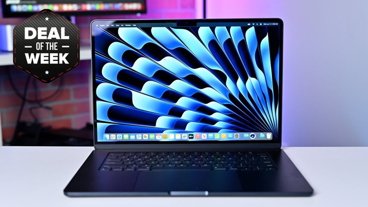
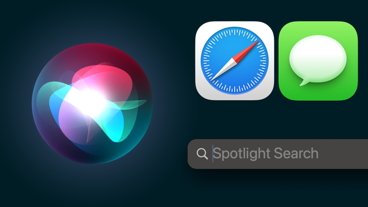
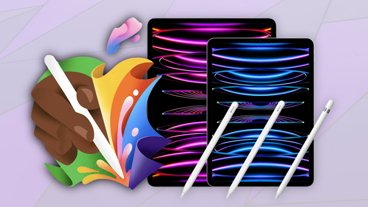

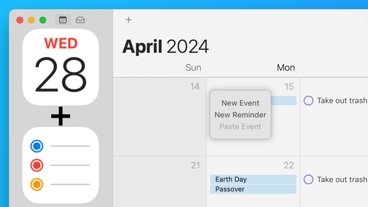
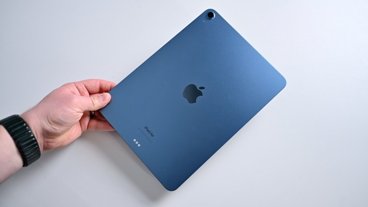
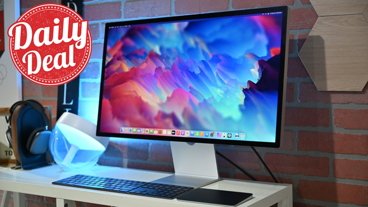

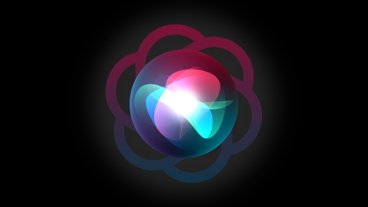
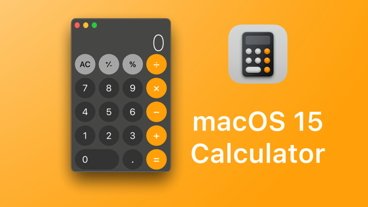
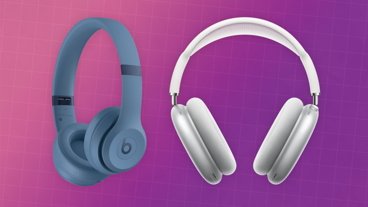
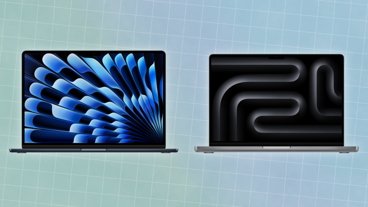

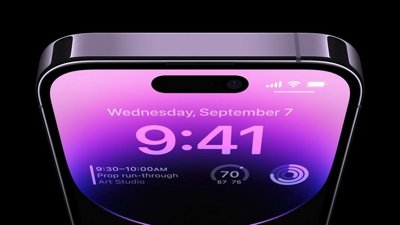
 Charles Martin
Charles Martin
 William Gallagher
William Gallagher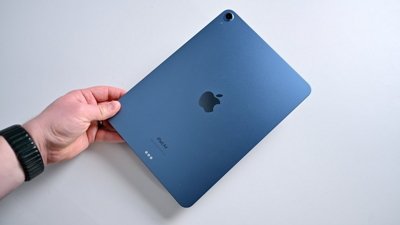
 Andrew Orr
Andrew Orr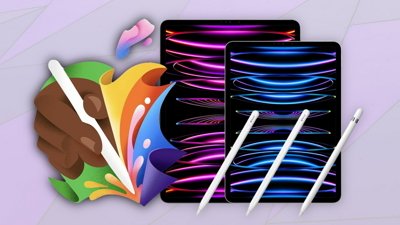
 Malcolm Owen
Malcolm Owen
 Christine McKee
Christine McKee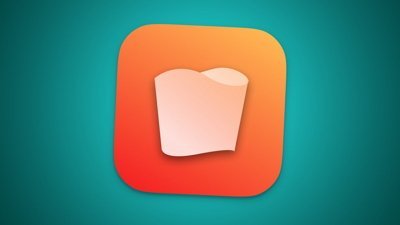
 Chip Loder
Chip Loder

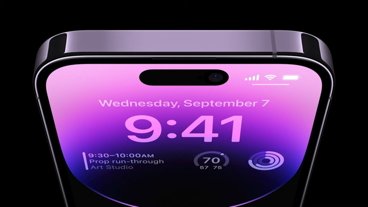

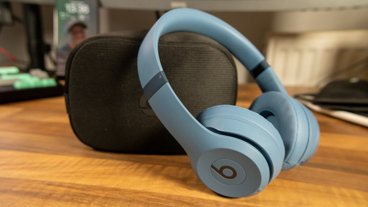

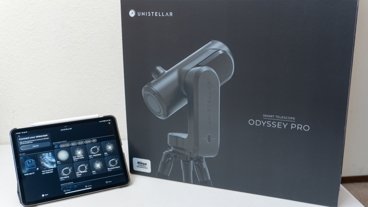
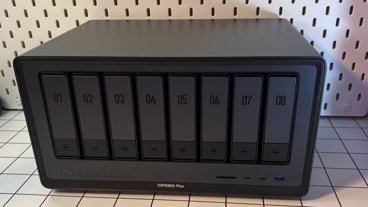
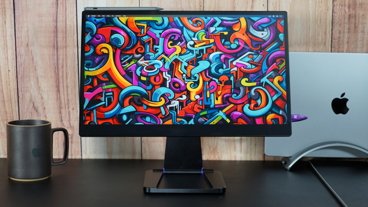

27 Comments
Since the update, I will start using the phone at 9:00, say, and if it's basically idle, or just reading mail and making a call or two, the battery will still be at 70% at 2:00 in the morning. That's a real improvement from what I was getting.
Of course, if I watch a feature film on it, and then play Rage HD, I'll need a charge by 5:00 in the afternoon.
This is one of those things that are hard to bullet point, but is great for consumers. Way to go!
I hope someone benchmarks the differences.
From this intermediate state, smartphones can "wake up" more quickly while conserving battery life when not in use. NCFD also reduces the number of signals needed to start a data
It is unclear to what extent NCFD has been implemented on the AT&T network, but the new technology could serve to lighten the load for the sole carrier of the iPhone in the U.S., which has been criticized for poor coverage in major cities such as New York and San Francisco.
Earlier this year, The Wall Street Journal reported that AT&T executives had flown to Apple's Cupertino, Calif., campus to give iPhone designers a "crash course in wireless networking." As a result, Apple "rejiggered" how its smartphones communicate with AT&T towers, reducing the strain on the AT&T network.
[ View this article at AppleInsider.com ]
Great technology now hopefully the carriers are capable of implementing it on their towers..